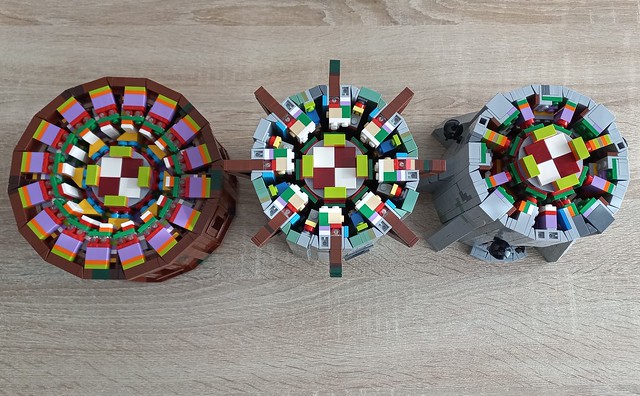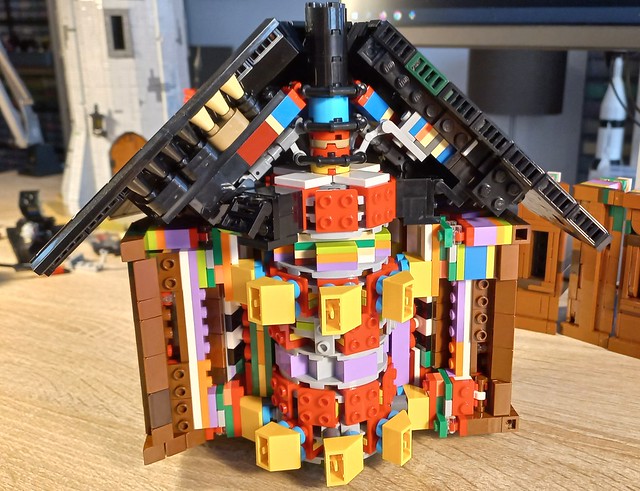Whenever we get the chance to feature Lech Kulina we get a clinic on fantastic LEGO building techniques. Lech has built amazing model of a fictional near-future space capsule, named for Sagittarius the centaur, that could transport astronauts around the inner solar system. With a build this detailed, you might have expected Lech to make good use of stickers, but he’s elected to use official LEGO bricks for everything. That means that all the red and black outlines around the hatch, viewports, and “4’s” are made from panels and brackets.
Click here to learn the secrets inside this space capsule!





